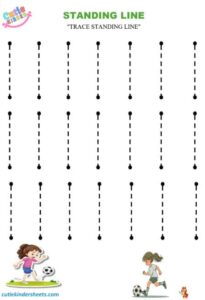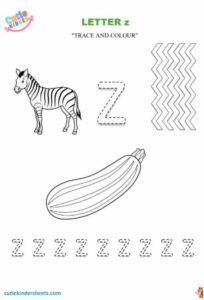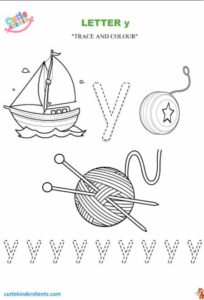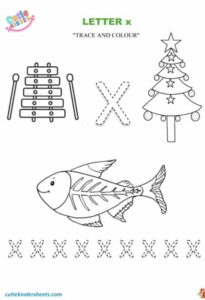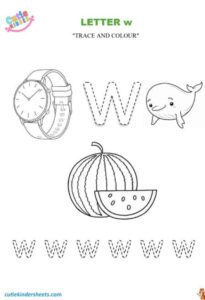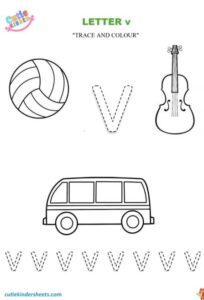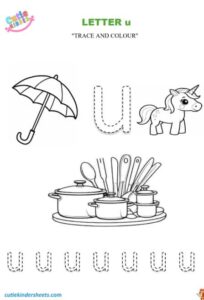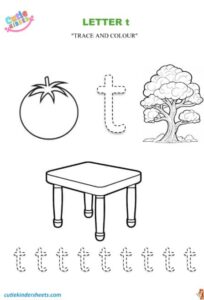If you’re a first-time parent, choosing the best baby bottle can feel like a big decision. The bottle you use plays a key role in your baby’s feeding routine, comfort, and health. Understanding the difference between glass vs. plastic baby bottles can help you make the right choice.
This guide will help you find a safe baby bottle that fits your baby’s needs—and gives you peace of mind as a new parent.
Glass vs. Plastic Baby Bottles
Benefits of Glass Baby Bottles
- Chemical-Free: Glass bottles are free from harmful chemicals like BPA, phthalates, and PVC, which can sometimes be found in plastics.
- Durability: While glass can break if dropped, it is highly resistant to scratches and doesn’t absorb odors or stains, keeping your baby’s bottle fresh.
- Environmentally Friendly: Glass is recyclable and reusable, making it a more sustainable choice over time.
- Easy to Clean: Glass bottles can be sterilized at high temperatures without degradation.
Benefits of Plastic Baby Bottles
- Lightweight and Shatterproof: Plastic bottles are easier to carry and less likely to break, which can be helpful when on the go or for older babies.
- Variety of Designs: Plastic bottles often come in a wider range of shapes, sizes, and features like handles or anti-colic valves.
- Cost-Effective: Generally, plastic bottles tend to be less expensive upfront.
Things to Consider in Baby Feeding Bottles
- Safety: Look for BPA-free and phthalate-free plastic bottles to minimize chemical exposure.
- Cleaning: Plastic bottles may develop scratches over time, which can harbor bacteria if not cleaned properly.
- Durability: Glass bottles require careful handling to avoid breakage. Silicone sleeves can add grip and protection.
Final Thought
Both glass and plastic baby bottles have pros and cons, and the best choice depends on your lifestyle and preferences. Glass offers a chemical-free, eco-friendly option, while plastic provides convenience and durability. Prioritize safety by choosing BPA-free materials and maintaining good cleaning practices.

